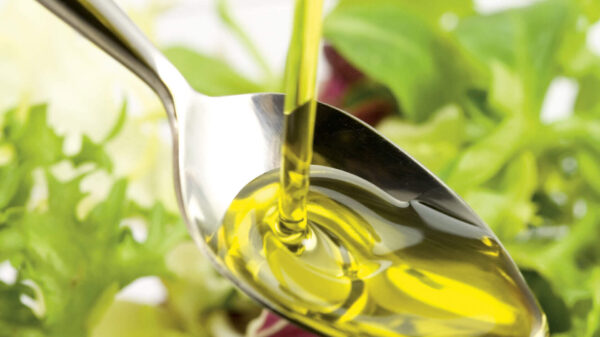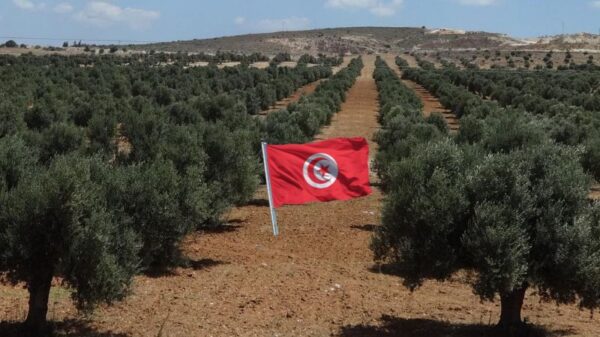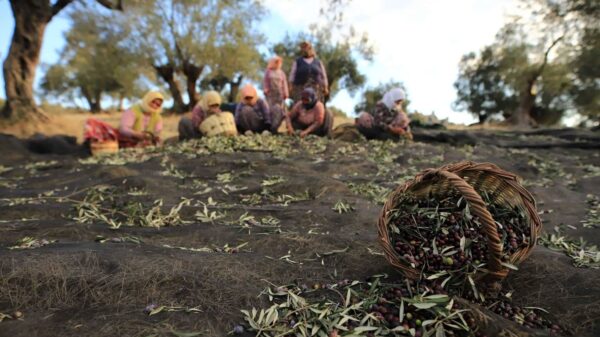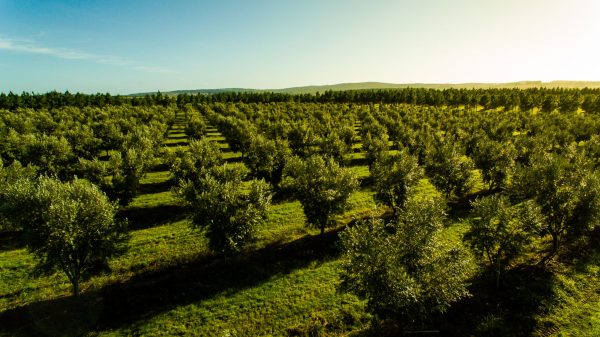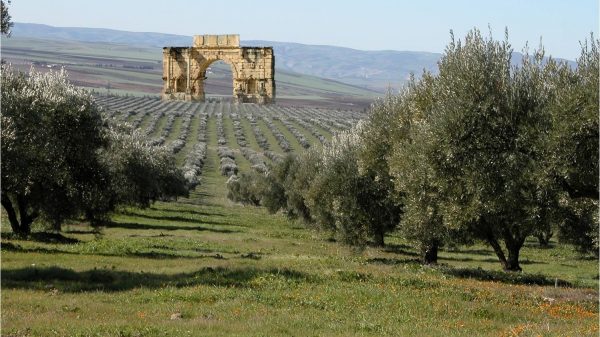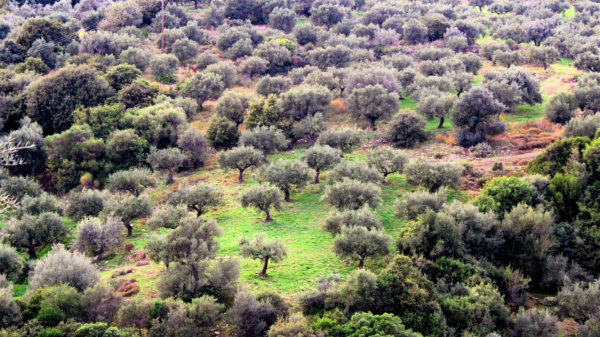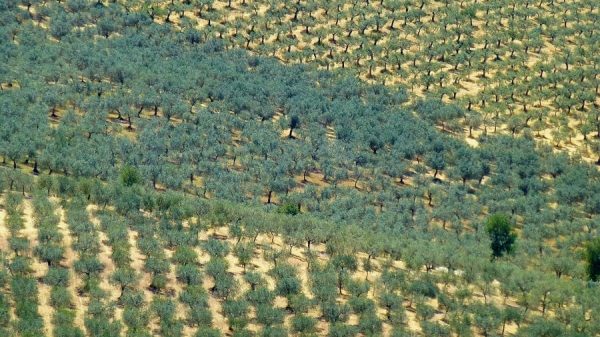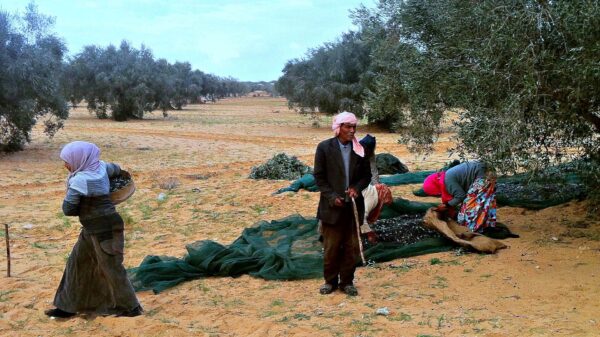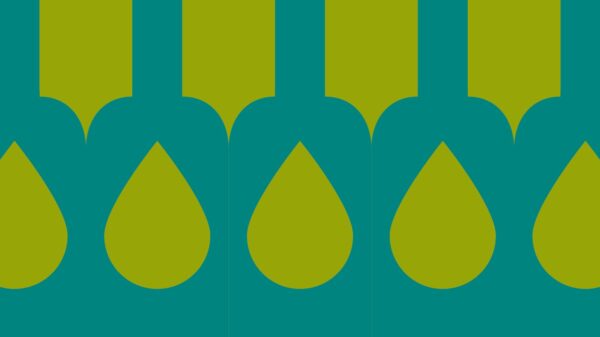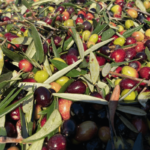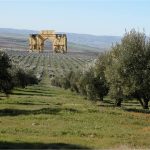If the olive oil campaign has just ended in the Mediterranean basin, on the other side of the world, between Australia and New Zealand, we are close to the olive harvest and the turning on of the mills. But what olive oil are we talking about? And above all how much?
The numbers of Australia and New Zealand
Introduction, we are certainly talking about small numbers, minimally comparable to those of production in the Mediterranean area. But still interesting to know. Olei Flos – the guide to the world of extra virgin olive oil signed by Marco Oreggia e Laura Marinelli – offers us a precise snapshot of the two countries: 33 thousand hectares of olive groves in Australia (all large in size, starting with the one of 6 thousand hectares in the state of Victoria), with 73 active oil mills and a production that in the last campaign reached the 24 thousand tons, up 23% compared to the previous year. The prevalent varieties are the Italian and Spanish ones: Frantoio dominates, but we also find - among others - Coratina, Leccino, Favolosa, Pendolino, as well as the Iberian Arbequina, Picual Hojiblanca and the Greek Koroneiki. The annual consumption of olive oil is more than double that produced (52 thousand tons).
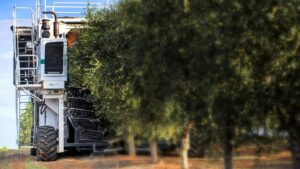
More scaled numbers in New Zealand that matters 2 thousand hectares of olive groves, with 40 crushers and a 2022-2023 production of 114 tons, down 30% compared to the previous campaign. The olive varieties present are more or less similar to those of Australia, although some have taken on local slang names.
The forecasts of the new campaign
Olive Oil Times speaks that the upcoming campaign will be of download for Australia, with conflicting opinions among operators. The size of the State obviously leads to completely different situations between the various areas. And also the olive harvest times which will generally start in the month of March. Michael Southan, chief executive of the Australian Olive Association, confirmed that the harvest will be slightly lower than last year, due to poor fruit set after good flowering. With these forecasts, there will be virtually no bulk supply of olive oil available in Australia, which – it is highlighted – will lead to a further imbalance between supply and demand, with higher prices. From a quality point of view, Flos Olei highlights an interesting company, the Talbot Grove, York, in Western Australia, which produces single-varietal oils of the highest quality.
Excellent expectations however in New Zealand where, after two lean years due to intense rainfall to the point of not being able to enter the olive groves with vehicles, an olive oil campaign of the best times is expected both in terms of quantity and quality of the olives. Here the harvest will begin in May and, depending on the various areas, will continue until June. Flos Olei highlights three companies with interesting oils, starting with Rangihoua Summer of the Auckland region, to continue with Allpress Olive Groves e Number 29, also these two in Auckland. Between monovarietals and blends, the confirmation that oil from another world is anything but to be underestimated.
